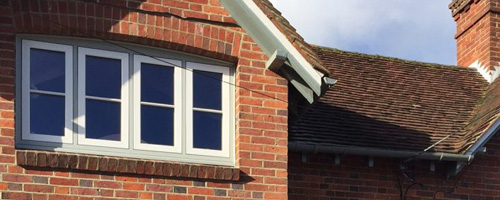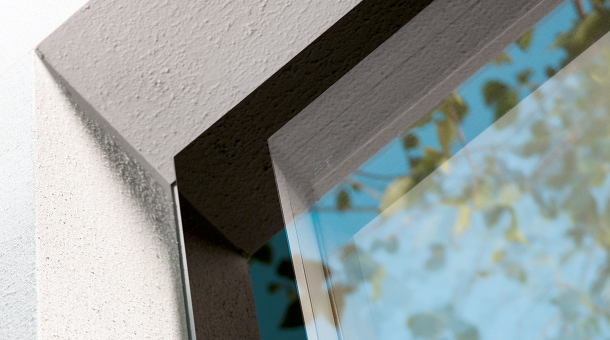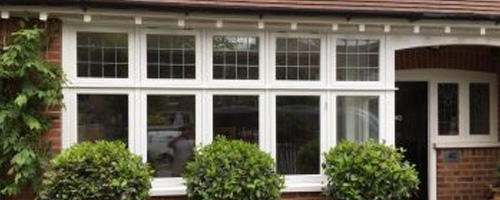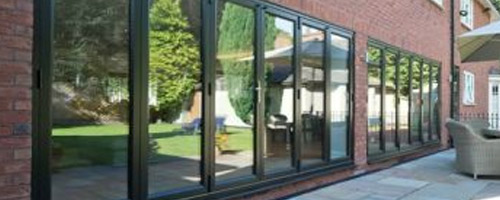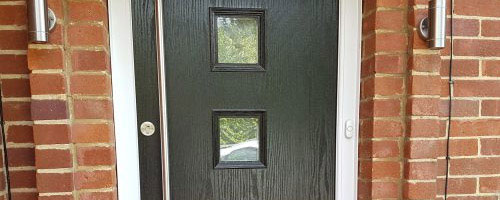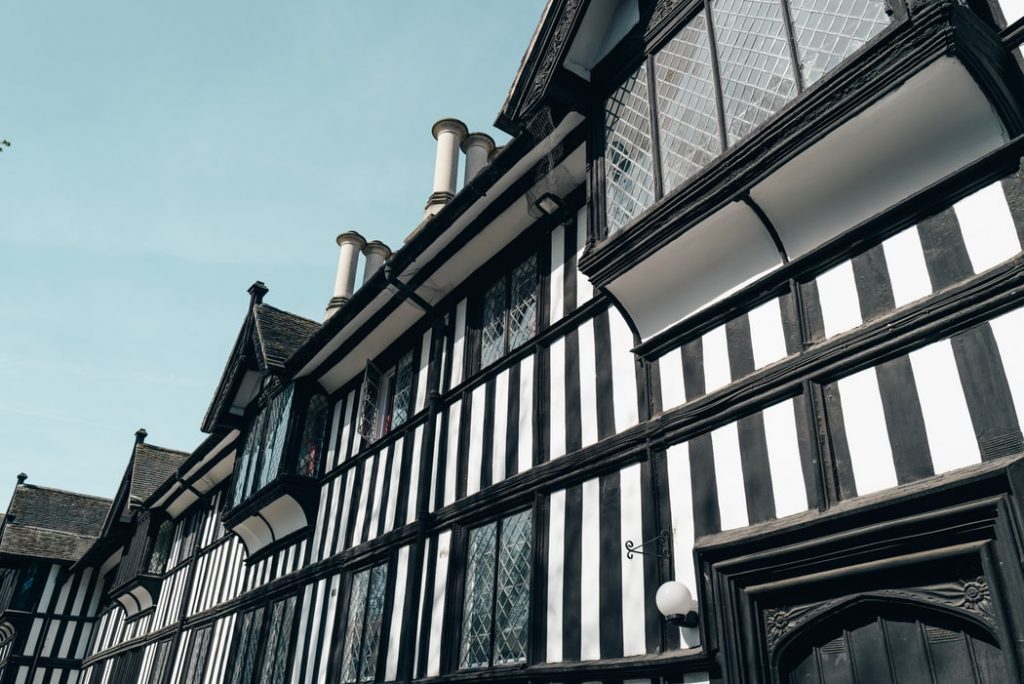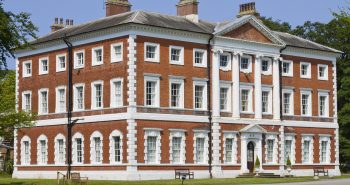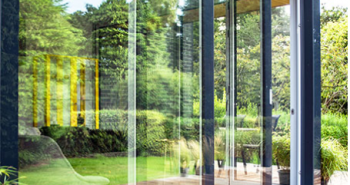Homes Through the Ages: The Tudor Home
From the leaded windows of the Tudor home through to the open plan living of modern builds – the homes we live in are rich with period detail which reflect the changing tastes of home buyers and the way we live our lives. With Osborn Glass you can take a journey through the ages and…
From the leaded windows of the Tudor home through to the open plan living of modern builds – the homes we live in are rich with period detail which reflect the changing tastes of home buyers and the way we live our lives. With Osborn Glass you can take a journey through the ages and explore how the homes we live in have changed over time – starting with the Tudor home.
A Focus on Comfort
Think of a Tudor home and a quintessentially Olde English home is what springs to mind. Constructed between 1486 and 1603, these are pretty black and white dwellings that have stood the test of time for hundreds of years. The focus was on comfort – a move away from the Medieval focus on defence and security. Following on from the Medieval period, this time frame saw huge innovations in the style of properties being built and a very unique style of home being created. Tudor homes, in fact, were so popular for their design that they even gave rise to a second wave of Tudor homes: Mock-Tudor, or Tudorbeathen, which were built after the 19th century but echoed the design sentiments.
They feature steep pitched roofs, with tiles being a key indicator of a wealthy household, though some may still bear a low, sloping curved thatched roof – a design feature lingering from the Medieval period. They are distinctive for their black exposed beams that when combined with wattle and daub whitewashed walls create a pleasing monochrome effect.
Glass: An Indicator of Wealth
The greatest innovation of this time was glass – but as with many new discoveries it was expensive to produce. To combat this, it was made into many tiny panes and then fused together with lead strips to create casement windows typical of the period. The number of windows in a Tudor home was also a signal of how wealthy you were – and it was common for families to take their windows with them when they moved. For those who couldn’t afford glass, they had to make do with strips of linen that had been soaked in linseed oil. The leaded windows in a Tudor home were usually tall and narrow, while doorways were typically lower than current standards and with beautiful arches.
Accommodating the Family
The way that people lived in the Tudor period was also different to how we live now. Then, the ground floor would be dedicated to the family business, while living space was confined to the top floor and this was known as The Hall. Here the family would eat, sleep, entertain and gather together. Some more modest Tudor homes would have a hole in the roof to act as a chimney while others – usually belonging to the wealthier families – would feature a tall chimney, which then enabled bedrooms to be built higher up in the home on the top floor.
Unlike today where the kitchen is very much the heart of the home, the kitchen was usually kept very separate from the living spaces. It was the domain of the woman of the house and it was here where she would spend many hours preserving meat, brewing ale and baking bread – Tudor home would have a brick-built oven attached to the open fire to make this process easier.
Only the very rich could afford carpets – and these were usually hung on the wall rather than placed on the floor. Instead dirt floors would be covered with rush matting that could be replaced easily when it got too dirty.
Symbols from The Past
There are many decorative symbols typical of the Tudor period that are frequently found within the homes of that time. The Tudor rose, the thistle and fleur de lys were all common.
Lavenham, in Suffolk, is renowned for its beautiful Tudor buildings – though there are excellent examples of Tudor properties across the UK and many of which are still lived in to this day. Built for Sir Thomas Wolsey, though later seized by Henry VIII, Hampton Court Palace is one of the most iconic Tudor buildings we have. On a more modest scale Mary Arden’s Farm is the working farmhouse of Shakespeare’s mother and located in Wilmcote.
Recommended Articles
Homes Through the Ages: The Georgian Home
6 years ago4031 viewsFully Fitted Composite Doors – Limited Offer On Now!
1 year ago1006 viewsHow to measure your windows for replacement
2 years ago932 viewsBifold, Patio And French Doors, What’s The Difference?
2 years ago869 viewsWhy are U-Values important for your window selection?
6 years ago1297 viewsOsborn Glass Obtained planning Permission for Conservation
7 years ago1758 views

